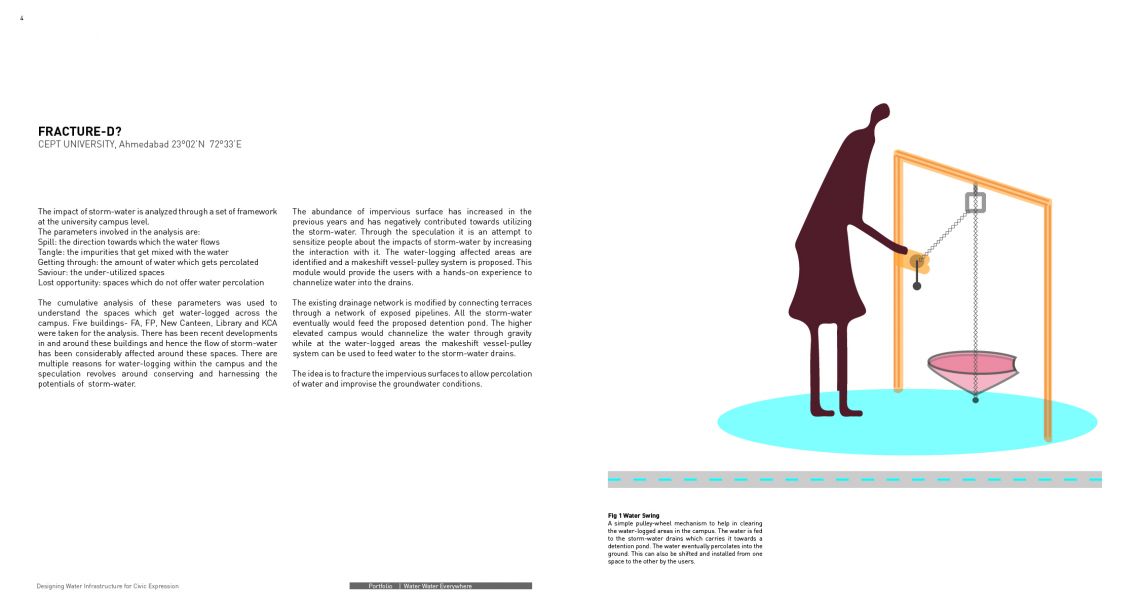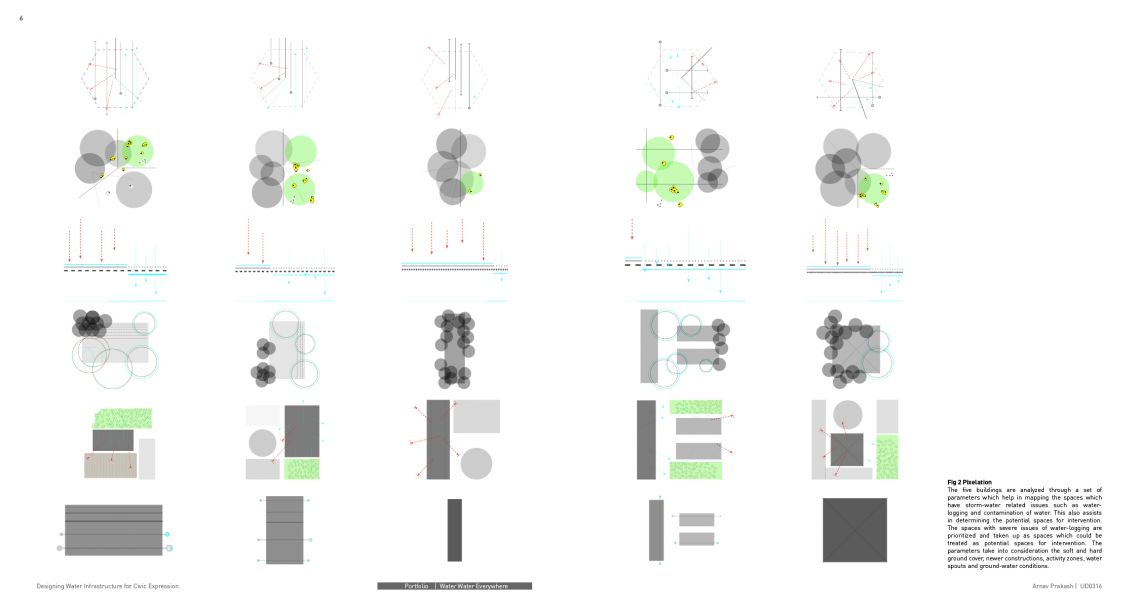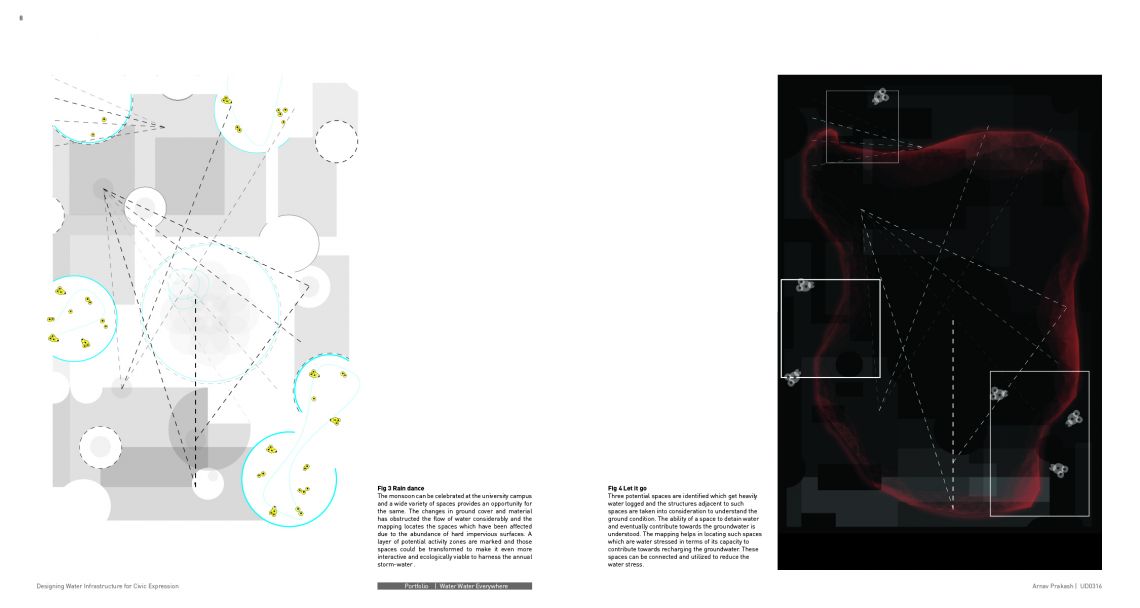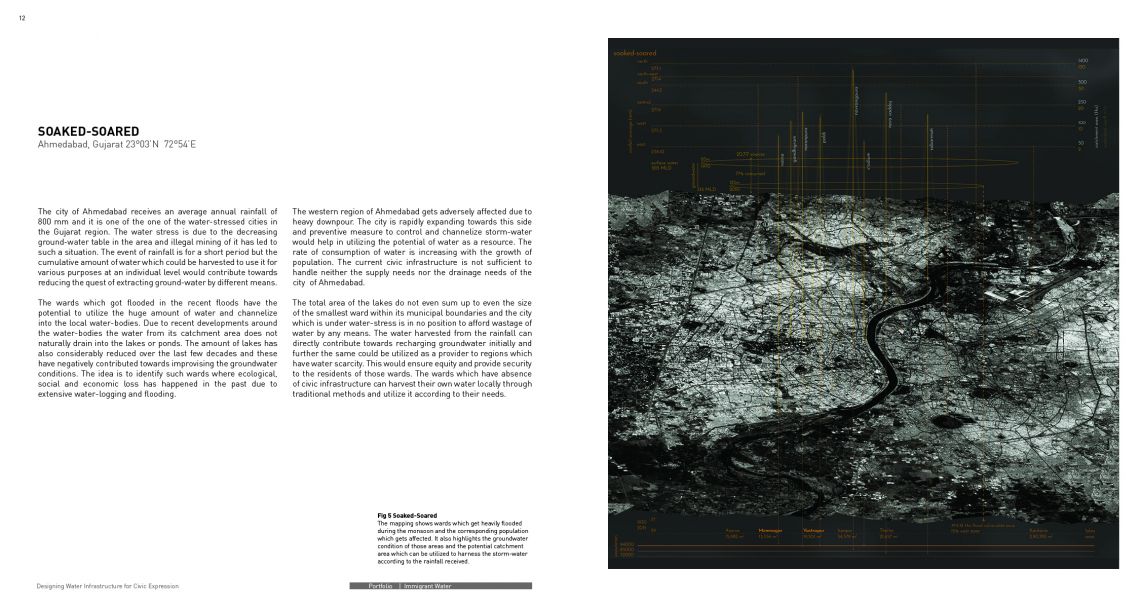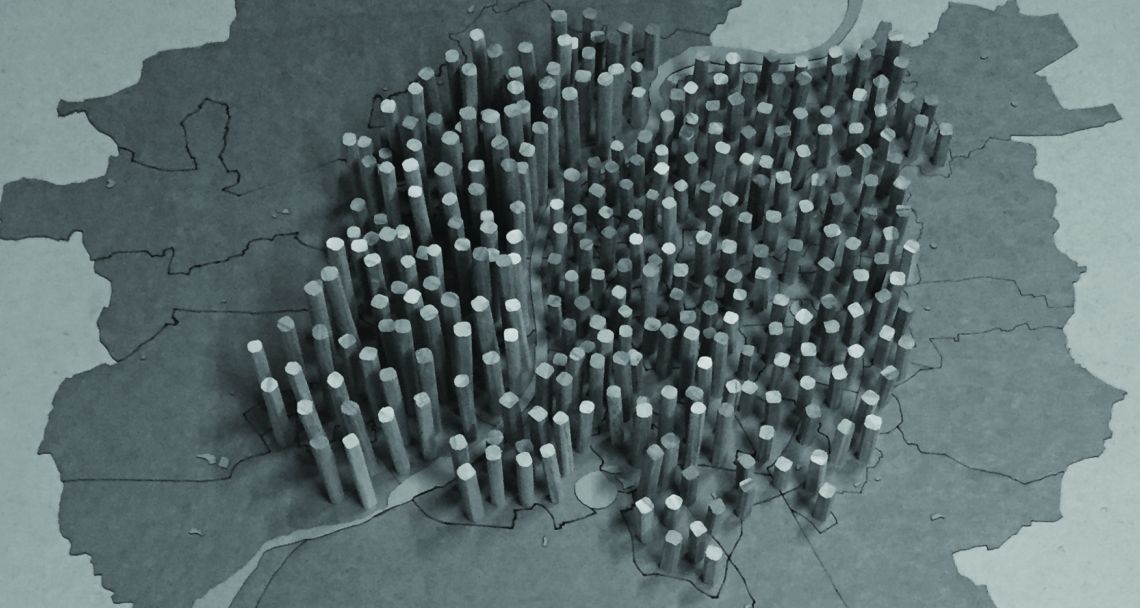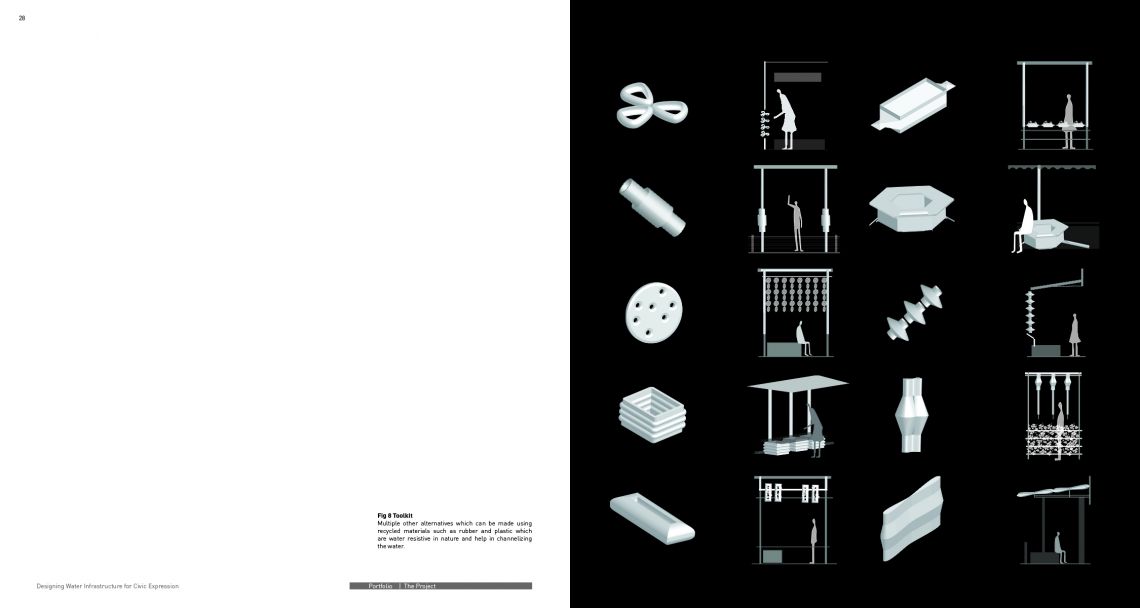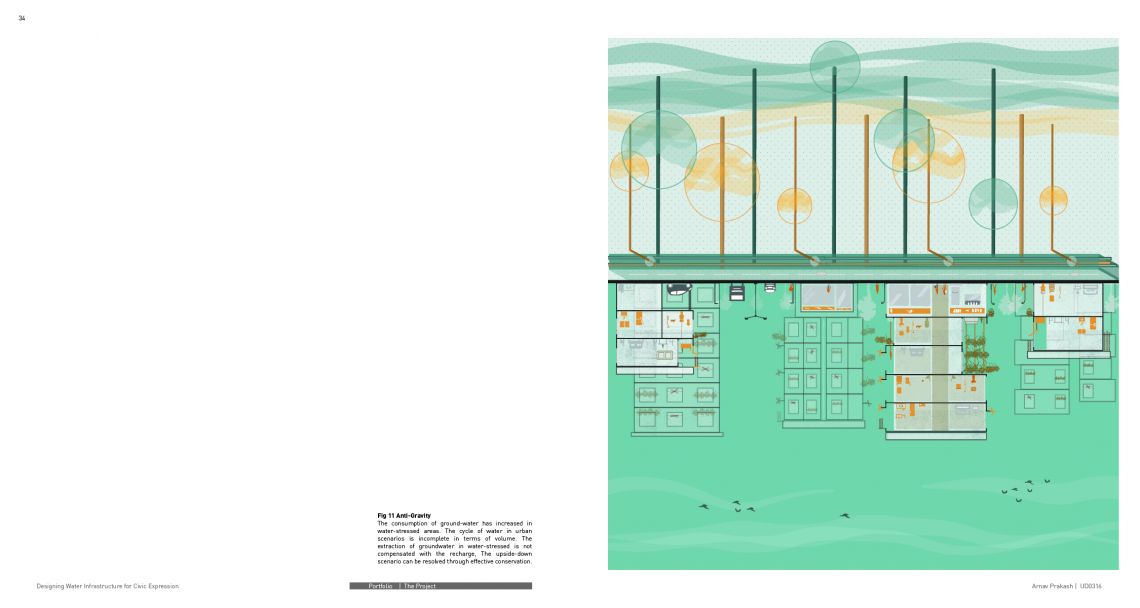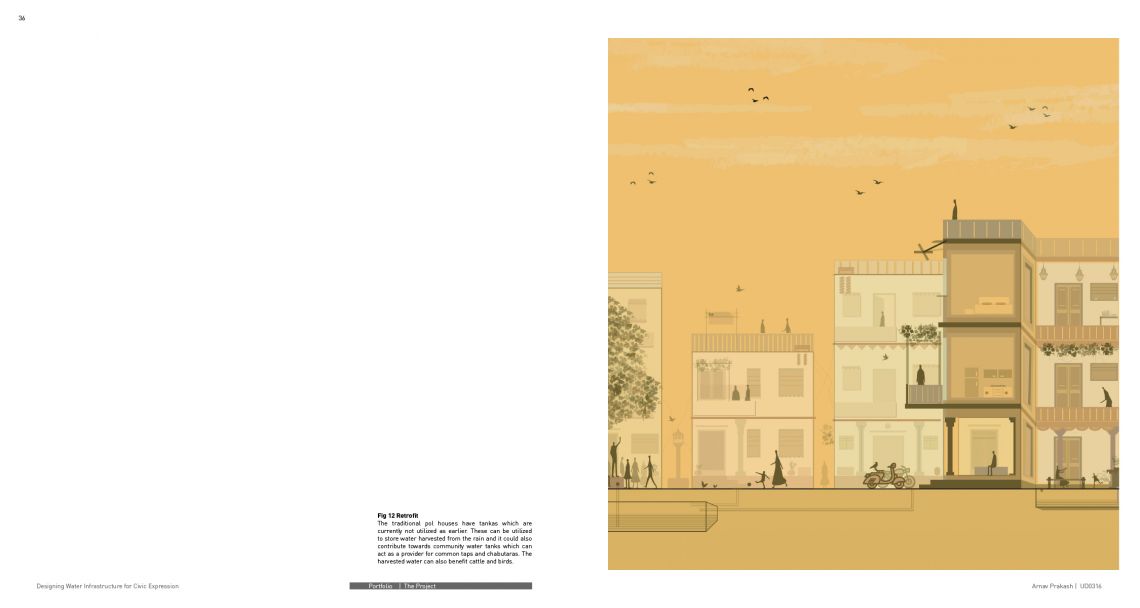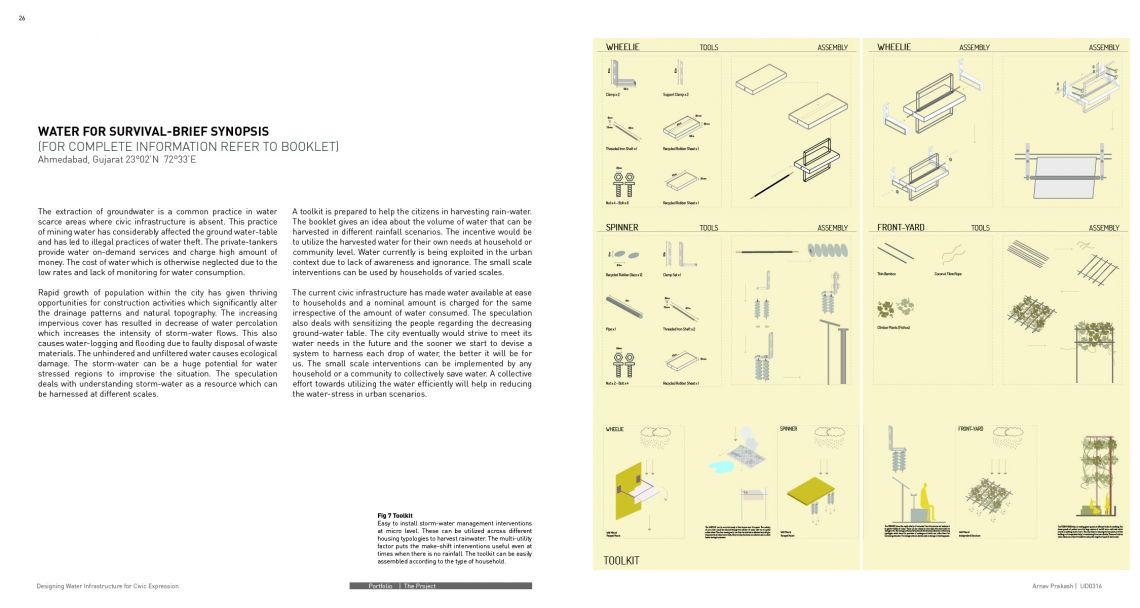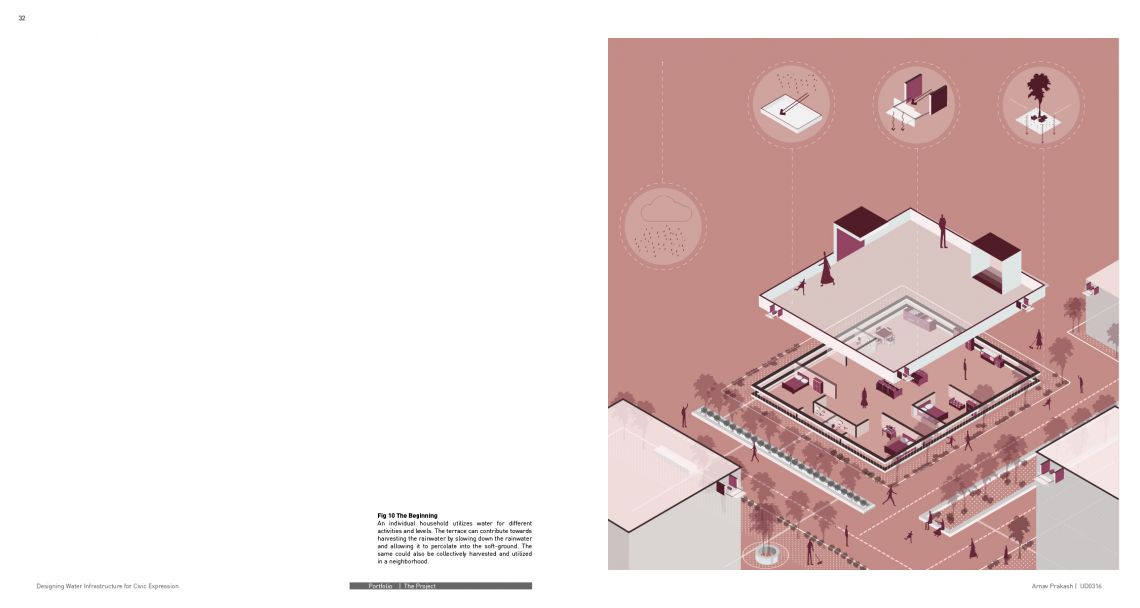Your browser is out-of-date!
For a richer surfing experience on our website, please update your browser. Update my browser now!
For a richer surfing experience on our website, please update your browser. Update my browser now!
The surface run-off water from the building rooftops and roads contribute to different levels of urban impact. This alters the quality of water due to contamination of pollutants with the run-off water. These contain harmful bacteria, viruses and cause vector-borne diseases if not treated with care. The run-off water which comes in contact with the groundwater, pollutes it and from there it enters the food chain affecting living beings. The extraction of groundwater is a common practice in water scarce areas where civic infrastructure is absent. This practice of mining water has considerably affected the ground water-table and has led to illegal practices of water theft. The private-tankersv provide water on-demand services and charge high amount of money. The cost of water which is otherwise neglected due to the low rates and lack of monitoring for water consumption. Rapid growth of population within the city has given thriving opportunities for construction activiites which significantly alter the drainage patterns and natural topography. The increasing impervious cover has resulted in decrease of water percolation which increases the intensity of stormwater flows. This also causes water-logging and flooding due to faulty disposal of waste materials. The unhindered and unfiltered water causes ecological damage. A collective effort towards utilizing the water efficiently will help in reducing the water-stress in urban scenarios where water is often taken for granted.The surface run-off water from the building rooftops and roads contribute to different levels of urban impact. This alters the quality of water due to contamination of pollutants with the run-off water. These contain harmful bacteria, viruses and cause vector-borne diseases if not treated with care. The run-off water which comes in contact with the groundwater, pollutes it and from there it enters the food chain affecting living beings. The extraction of groundwater is a common practice in water scarce areas where civic infrastructure is absent. This practice of mining water has considerably affected the ground water-table and has led to illegal practices of water theft. The private-tankersv provide water on-demand services and charge high amount of money. The cost of water which is otherwise neglected due to the low rates and lack of monitoring for water consumption. Rapid growth of population within the city has given thriving opportunities for construction activiites which significantly alter the drainage patterns and natural topography. The increasing impervious cover has resulted in decrease of water percolation which increases the intensity of stormwater flows. This also causes water-logging and flooding due to faulty disposal of waste materials. The unhindered and unfiltered water causes ecological damage. A collective effort towards utilizing the water efficiently will help in reducing the water-stress in urban scenarios where water is often taken for granted.
